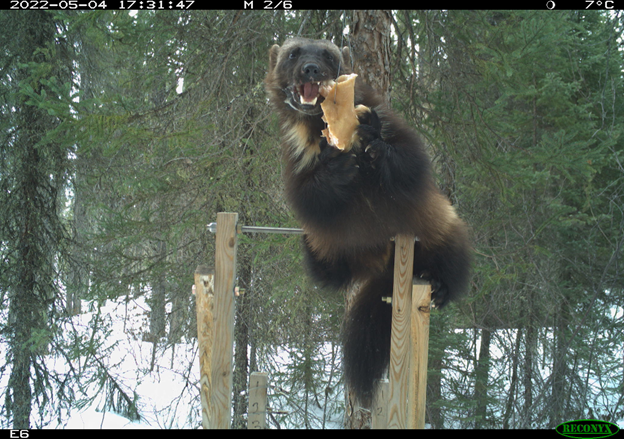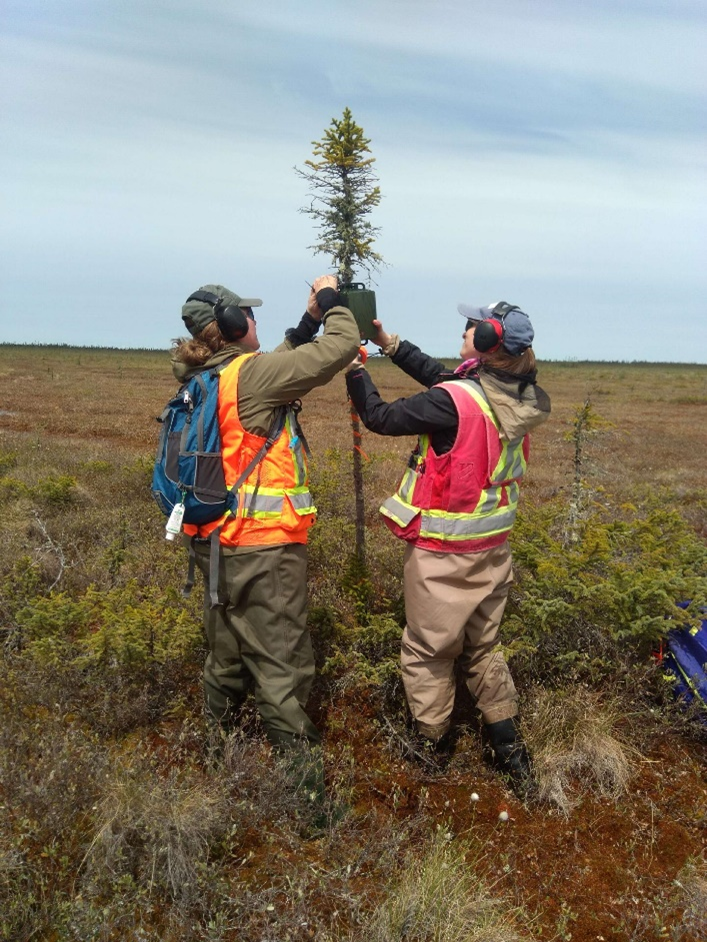By Sunil Kothari (Portfolio Director, AtkinsRéalis) and Angela Brooks (Natural Heritage Lead, AtkinsRéalis)
Climate change and biodiversity loss are fundamentally interlinked. The preservation and protection of biodiversity has become an important consideration for transportation project development with the transportation industry playing a fundamental role in building a sustainable future. A clear understanding of our dependencies and impacts on natural capital – natural assets and the services they supply us with, such as food, clean air, a stable climate and cultural and recreational opportunities – are often undervalued in decision-making. This can lead to poor investment decisions, environmental degradation and risks to human well-being. In a world that is changing at a rapid pace, how can the transportation industry transform the way it operates to respond to these global challenges while balancing the needs of our society? How do we invest in schemes, policies and infrastructure that deliver functionality whilst also supplying wider social and environmental benefits?
We must consider the consequences of development carefully and strive to leave this planet in better condition than how we found it, utilizing data-driven outcomes that can deliver “win-win” solutions that lessen negative impacts on our ecosystem and better protect biodiversity.
As a leader in the engineering industry, AtkinsRéalis is committed to planning and managing our transportation infrastructure projects in ways that minimize biodiversity loss. And it is with the right data that actions can be taken to better manage our infrastructure.
Here are three examples of how we’ve adopted cutting-edge technologies to better understand biodiversity and to provide a holistic data-driven approach in our environmental studies in support of the planning of the Northern Road Link (NRL), a new road corridor proposed in northern Ontario that will connect the Webequie and Marten Falls First Nations to the provincial highway network – a project that aims to improve the economic prosperity and well-being for the people in the region in a sustainable way.
Canada boasts over two million lakes and rivers, containing 20 percent of the world's freshwater. To ensure the health of our shorelines and our project sustainability, it's crucial that we identify and monitor changes and threats to resident species populations. Traditional methods of aquatic habitat assessments are now augmented with a revolutionary new survey method known as eDNA.
This technique involves collecting genetic material shed by aquatic animals (skin particles, feces, urine) to detect species' presence. It is especially effective in detecting hard-to-find rare species such as Lake Sturgeon. eDNA can also aid in early pest outbreak detection, allowing for a quicker response and early prevention of ecological and economic damage.
Given the lengthy corridor and remote nature of the NRL project, this technique proves a significant advantage to our client for tracking species and monitoring of environmental changes to provide a better understanding of the composition of the ecosystem. This data is then used to drive critical decisions on how the road will be designed and built.
The Wolverine is a “Threatened” species under the Ontario Endangered Species Act and a Special Concern under the federal Species at Risk Act.
To better understand wolverine occurrence, abundance, demographics, and behaviours in the NRL geographic area, AtkinsRéalis biologists developed a two-year Wolverine study through consultation with leading Wolverine researchers from academic and conservation institutions, including the Wildlife Conservation Society and the University of Calgary.
The study uses integrated camera traps and hair snare sampling at run-poles, that are being used to identify unique individuals. Individuals are identified through non-invasive DNA analysis on the collected hair samples and through photo analysis, which may capture pelage markings that are unique to individual wolverines. The wolverine occupancy study provided valuable insight into the impact of climate change on wolverines’ distribution and habitat requirements. The data collected will help our clients make informed conservation strategies, including measures such as wildlife corridors or construction practices that can help reduce wildlife habitat disruption.

Another program undertaken by AtkinsRéalis for the NRL project involves the deployment of high-quality portable acoustic recording (ARU) devices to sample avian species composition within the Project area.
Deployment of ARUs was used to augment data collection conducted during point count surveys and obtain data to support the abundance and distribution modelling process and capture temporal variations in bird species presence, abundance, and distribution across a broad range of dates (including seasons) and times of day.
ARUs can have advantages over traditional point count surveys as they can collect data over a long period of time, are not limited by weather conditions, and locations can be intensively sampled without increased site disturbance or massive increases in field costs. This is especially true in remote locations like the NRL Project where access can be seasonally limited, safety concerns limit survey approaches such as nocturnal or winter surveys, and costs are prohibitive.
The amount of data gathered by each ARU was extensive. Annually, up to 12,000 recordings have been collected at each station, providing over 600 hours of audio data for just one station.

Recordings are being analyzed through a cloud-based system (Wildtrax). Biologists skilled in identifying birds interpreted a subsample of acoustic files for each survey station. This cloud-based approach was chosen as it allows skilled listeners in a number of locations to work on the recordings, the progress of each listener can be followed by data managers, recordings can be reassigned easily if people fall behind or leave the program, and data can easily be downloaded at any stage for analysis.
These are but three examples of the type of data-driven work AtkinsRéalis does to ensure our projects are environmentally, socially, and economically sustainable. As a company whose stated purpose is to engineer a better future for our planet and its people, we have decades of expertise in developing infrastructure that mitigates the detrimental effects of climate change and resource depletion.
Wildlife and biodiversity are essential to limiting the effects of global warming. At AtkinsRéalis, we believe that sustainable projects that seek to minimize negative impacts on the ecosystem while supporting business practices that can lead to economic prosperity are not mutually exclusive.
Building for a better tomorrow by adopting data-driven practices and technologies that can protect our fragile ecosystem is possible. However, it is up to us to push today’s boundaries of innovation to foster a more holistic approach to realize a brighter future.
If you are interested in learning more, please contact: sunil.kothari@atkinsrealis.com or angela.brooks@atkinsrealis.com.